Chernobyl: EPA's Radiological Monitoring
On Saturday, April 26, 1986, a nuclear accident at reactor number four at the former Soviet Union's Chernobyl nuclear power station exploded and burned. The accident, which occurred during unauthorized testing, emitted large quantities of radioactive material. The heat from the fire was so intense that the glowing reactor could be seen even from space, as shown in the satellite photo below.
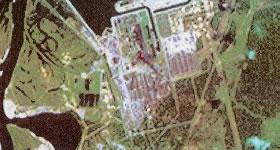 Chernobyl Nuclear Power Station in April 1986, with red glow of Unit 4 visible near the center.
Chernobyl Nuclear Power Station in April 1986, with red glow of Unit 4 visible near the center.
- EPA's response
- Monitoring the plume
- Protecting U.S. citizens in Europe
- Chernobyl Disaster: An Inside Tour
- Additional Resources
EPA's Response
In the days following the accident, the Soviets released little data on the severity of the accident. Almost no data were available on the extent of radioactive fallout ![]() fallout Radioactive particles that fall to the ground after a nuclear explosion. in Europe and the rest of the world. In response to Americans' concern about potential health effects in the United States, the White House assigned the responsibility for leading the U.S. response to EPA. The Agency immediately took several steps:
fallout Radioactive particles that fall to the ground after a nuclear explosion. in Europe and the rest of the world. In response to Americans' concern about potential health effects in the United States, the White House assigned the responsibility for leading the U.S. response to EPA. The Agency immediately took several steps:
- Increased the Environmental Radiation Ambient Monitoring System (abbreviated ERAMS, now RadNet) sampling and analysis frequency.
- Established a group to provide advice on preventing contamination of the food supply and protecting public health.
- Established an information center to gather and distribute facts and data about the accident.
- Arranged daily press conferences to keep the public up-to-date and to give EPA an opportunity to answer the public's concerns.
Monitoring the Plume
RadNet's predecessor, the Environmental Radiation Ambient Monitoring System (ERAMS), first detected radiation from the accident at ground level on the West Coast one week after the accident. Although radioactivity levels were somewhat elevated, they were well below levels requiring protective actions. The slideshow below shows the fluctuations in air beta levels across the contiguous U.S. between March and July 1986.

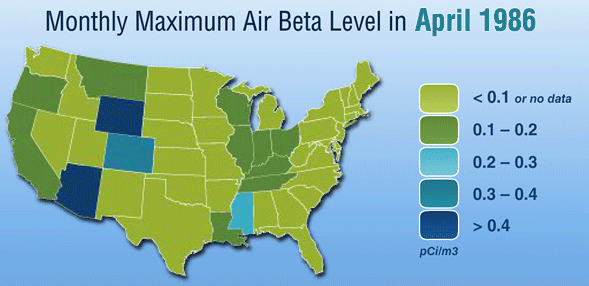



Protecting U.S. Citizens in Europe
EPA sent experts to Europe to monitor and assess levels of radioactivity around U.S. embassies. For sometime after the accident, EPA scientists measured radioactivity in the Black Sea and Kiev Reservoir in cooperation with the former Soviet Union.
Chernobyl Disaster: An Inside Tour
Ten years after the 1986 explosion of Unit 4 of the Chernobyl Nuclear Power Plant near Pripyat, Ukraine, EPA staff member Gregg Dempsey was given a rare tour inside the Sarcophagus that surrounds Unit 4. His slideshow from that visit offers a unique historical snapshot of the conditions and challenges inside the plant. It provides views of the interior of Unit 4 not seen elsewhere in Chernobyl photo collections. In addition, it offers the personal perspectives of workers who were present at the time of the accident. One of these workers returns to his flat in the nearby city of Pripyat for the first time since leaving it 10 years earlier.
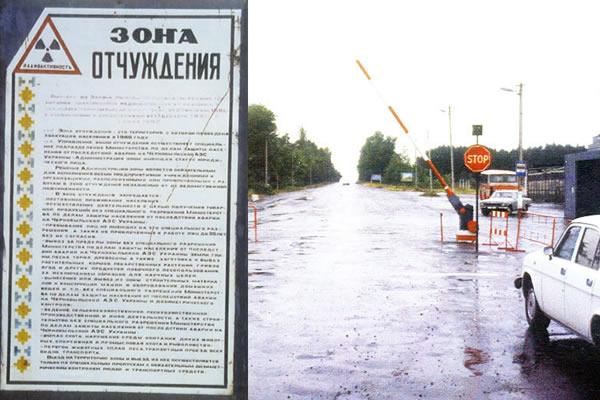
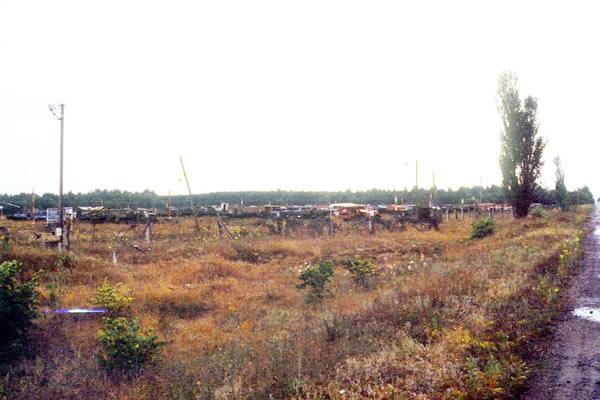
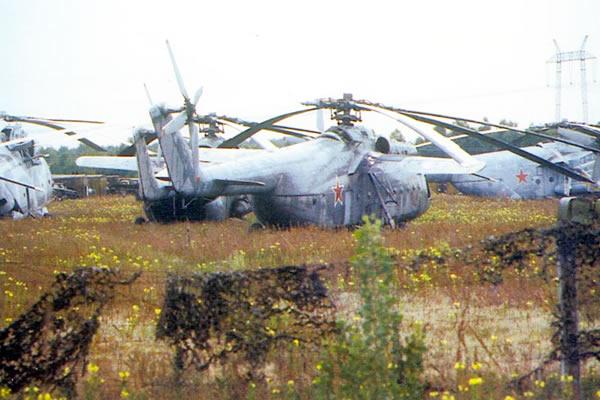
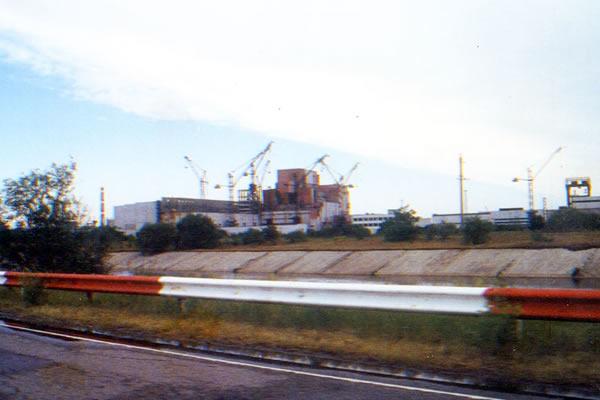

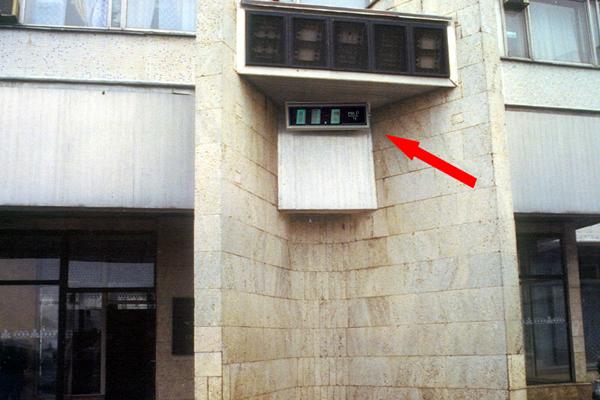
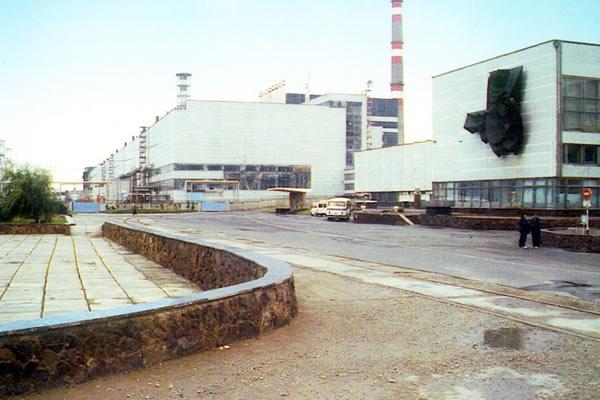
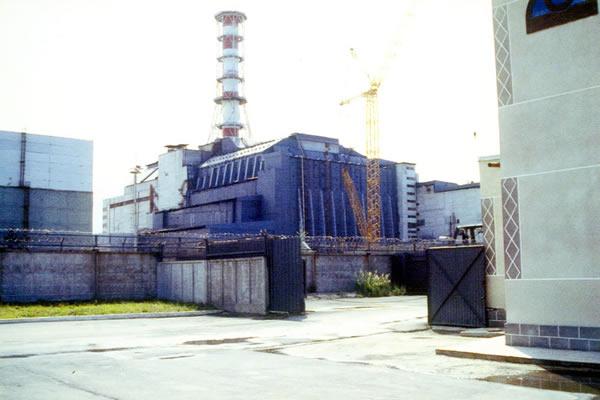
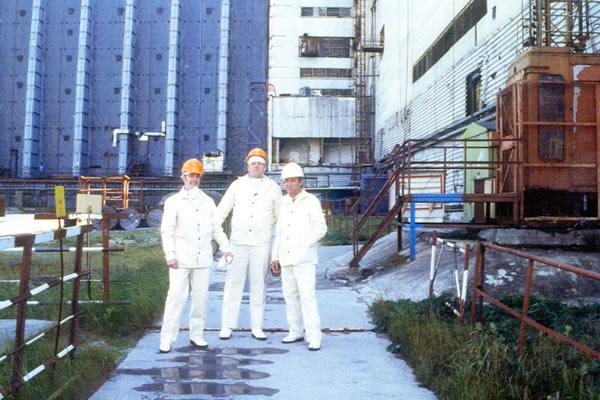
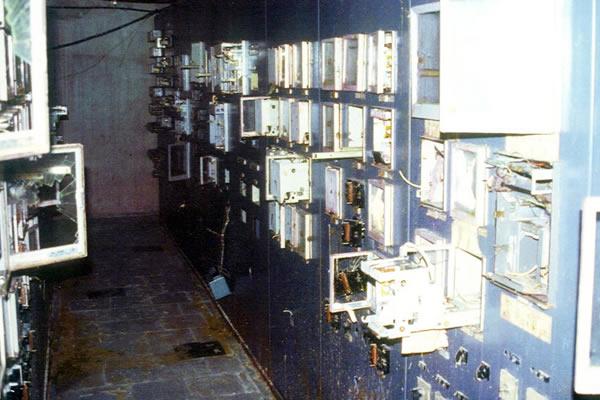
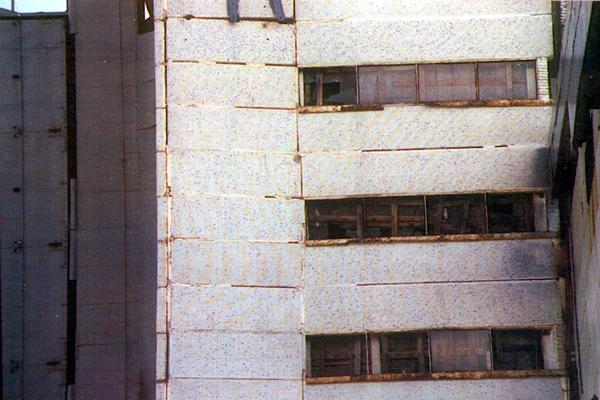
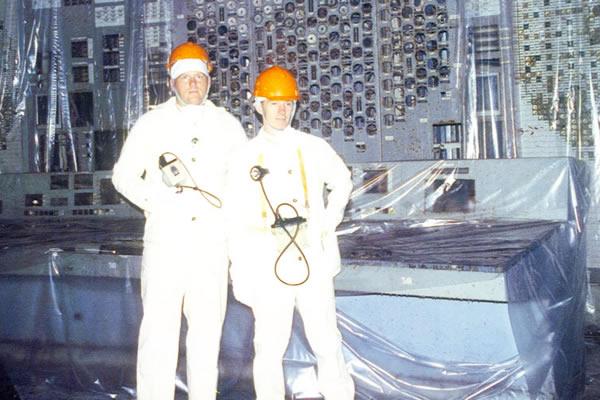

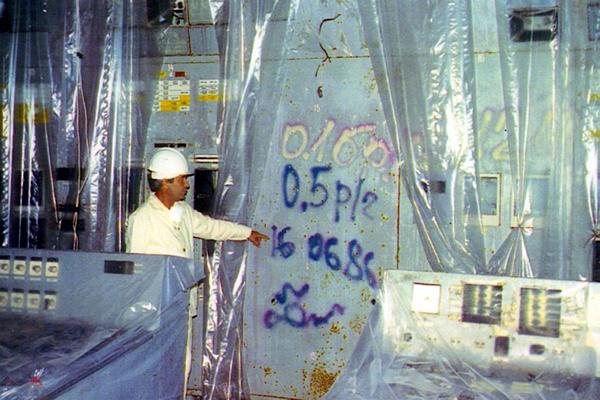
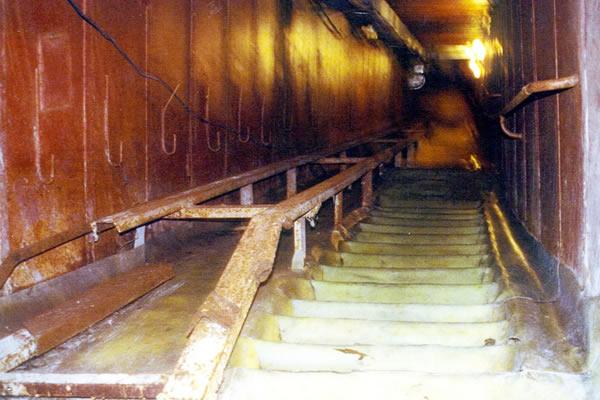

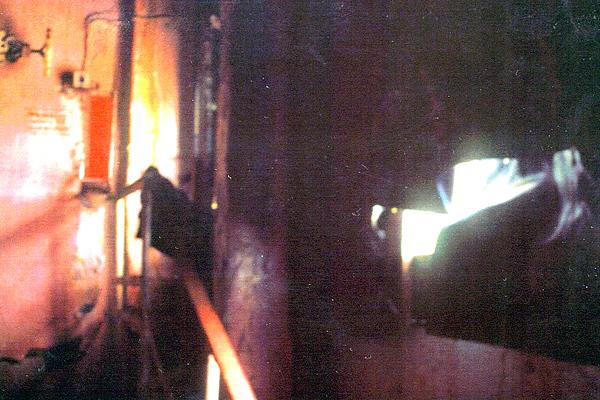
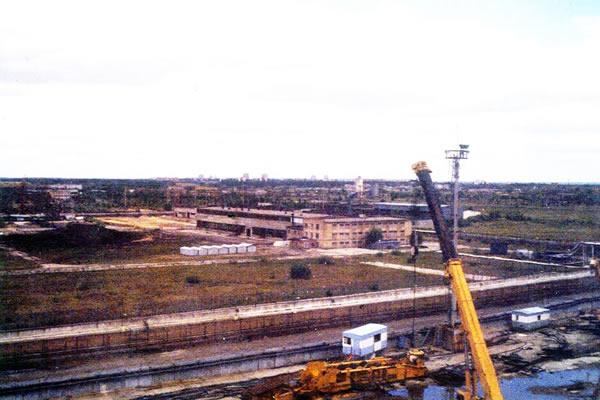
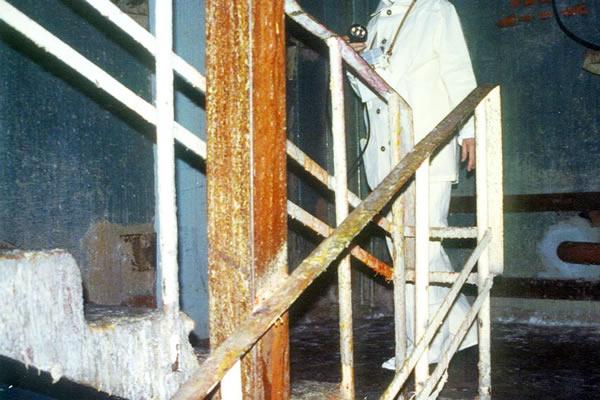
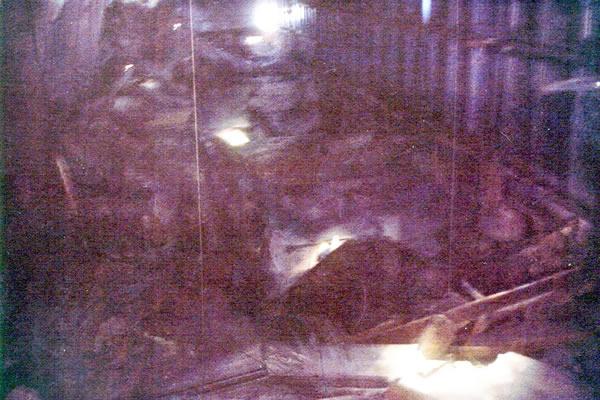
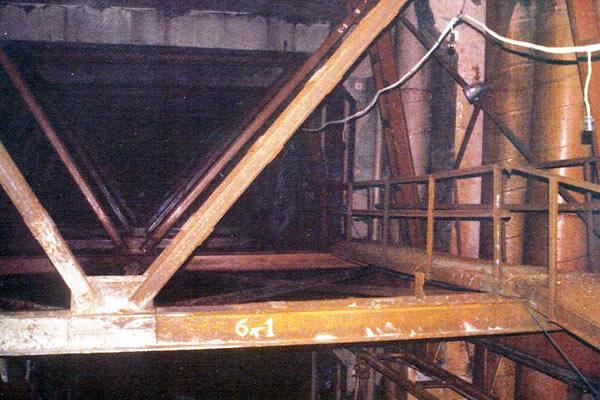
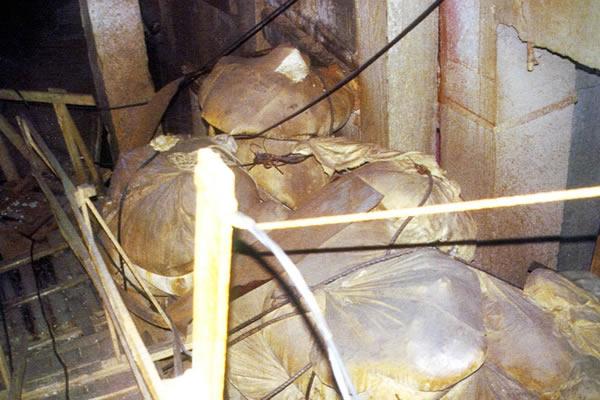
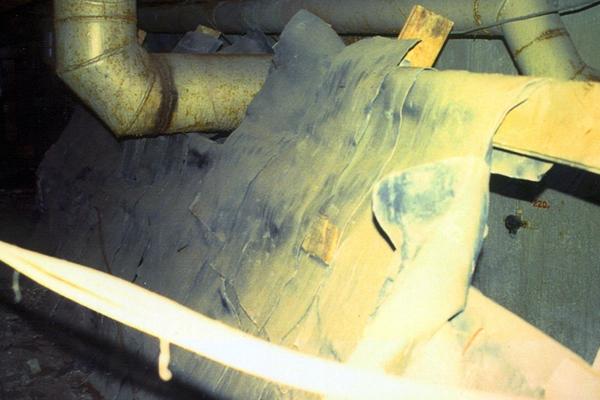

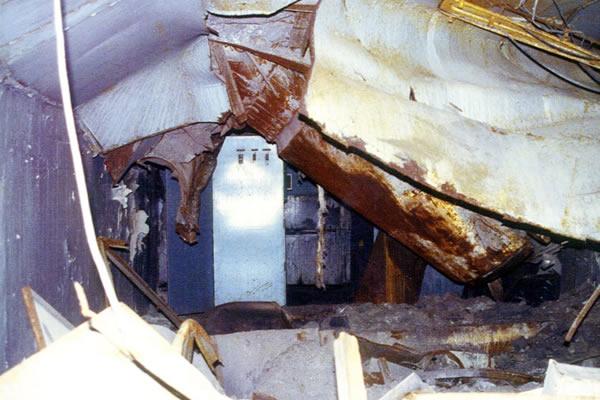
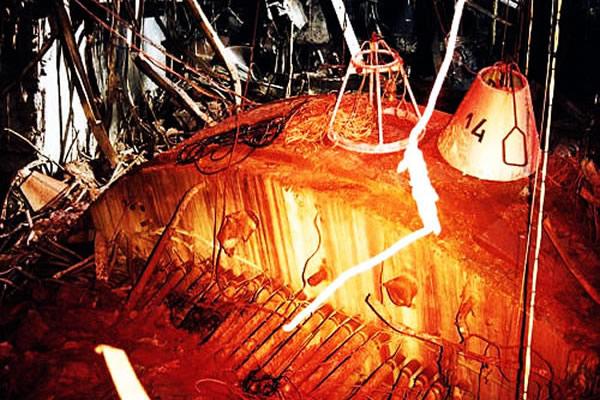
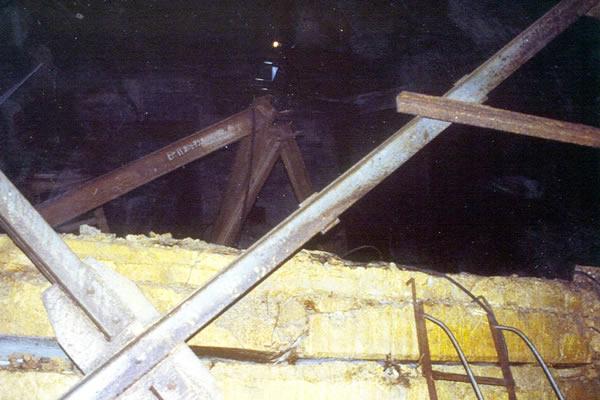
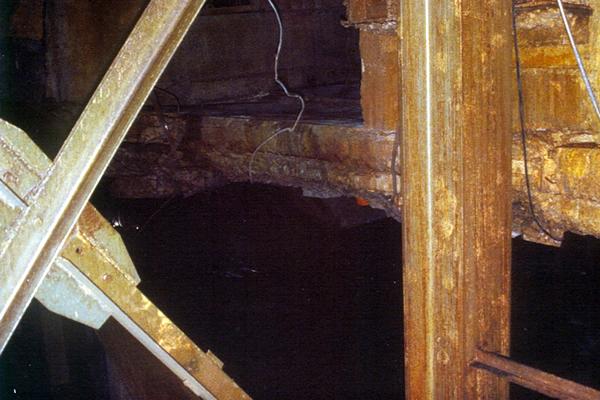
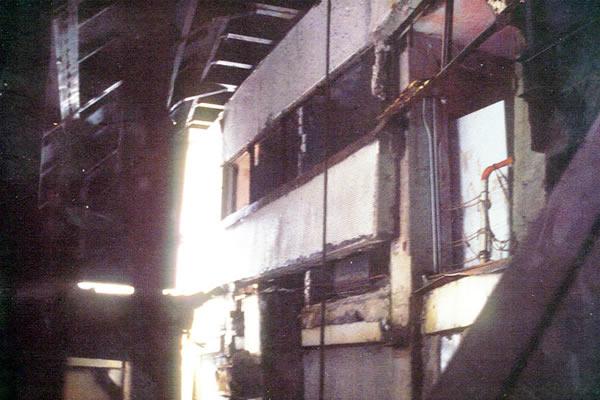
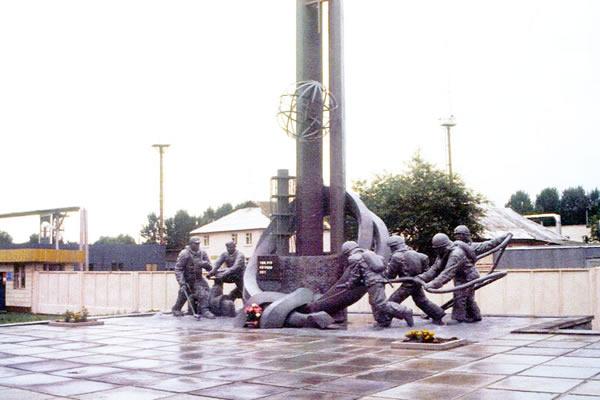
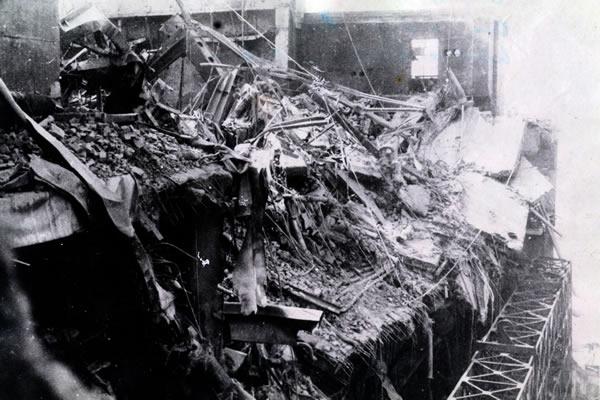
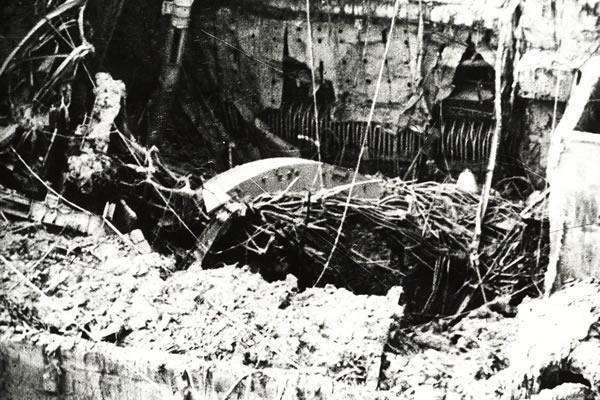
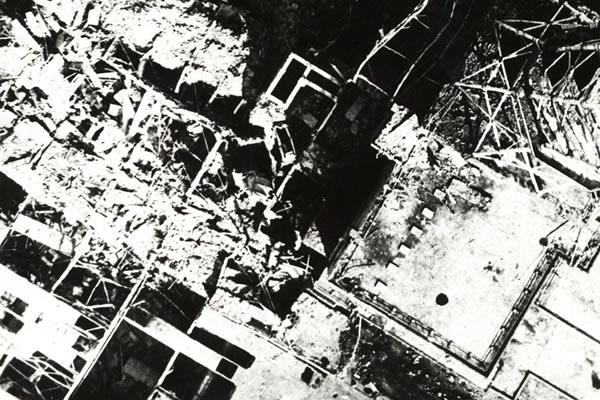
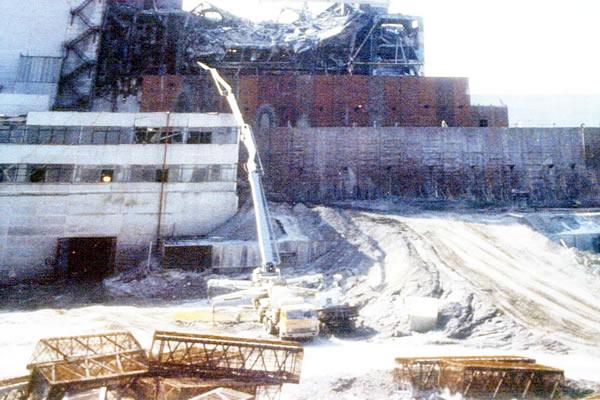
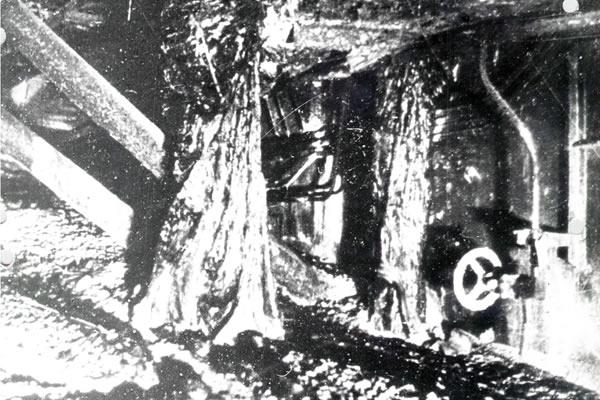
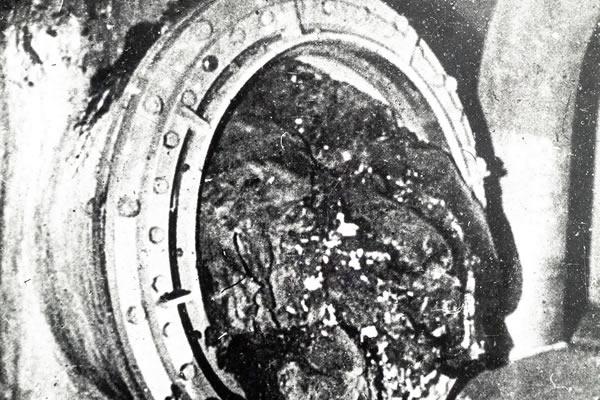
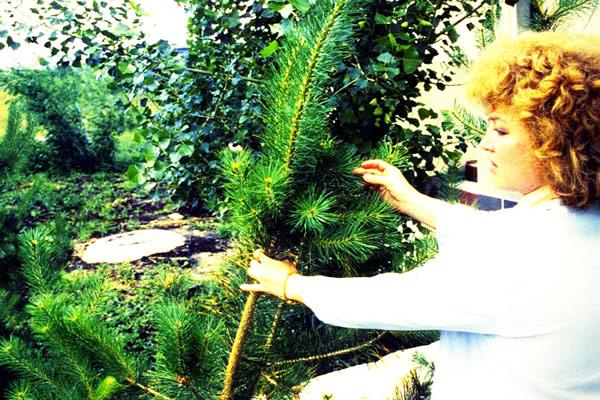
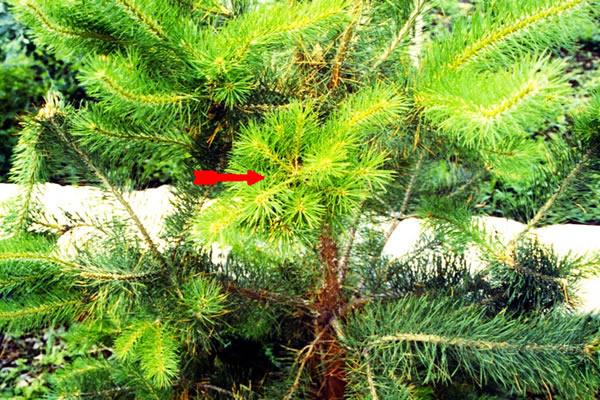

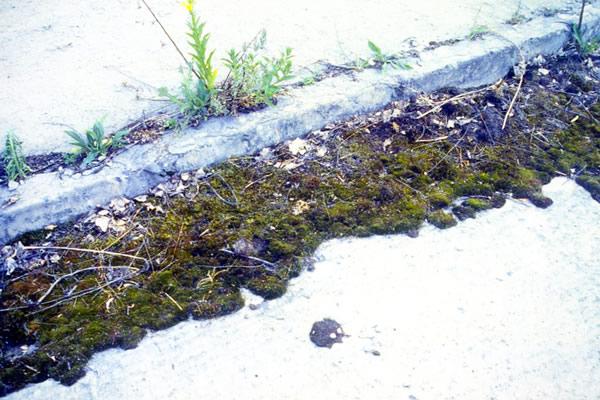
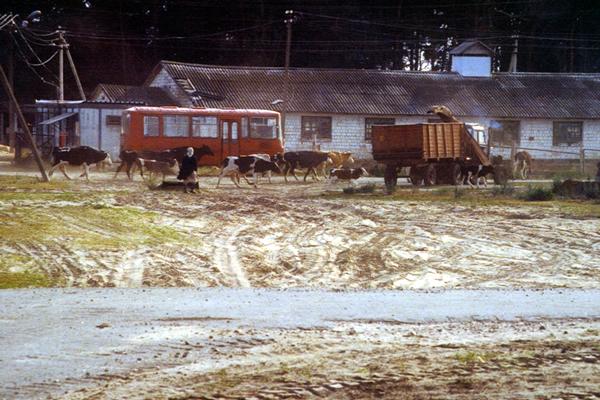
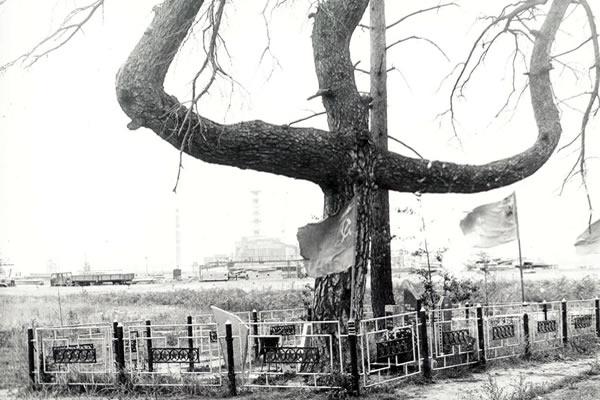
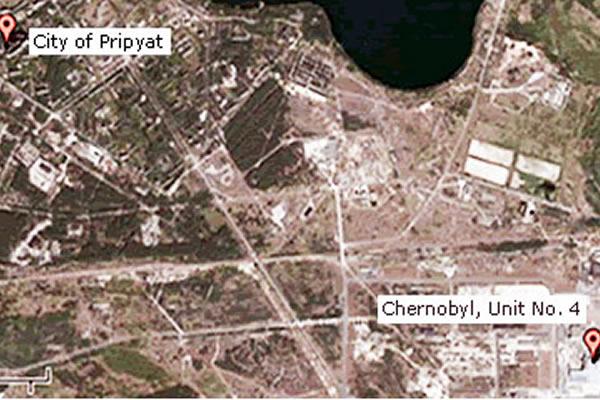
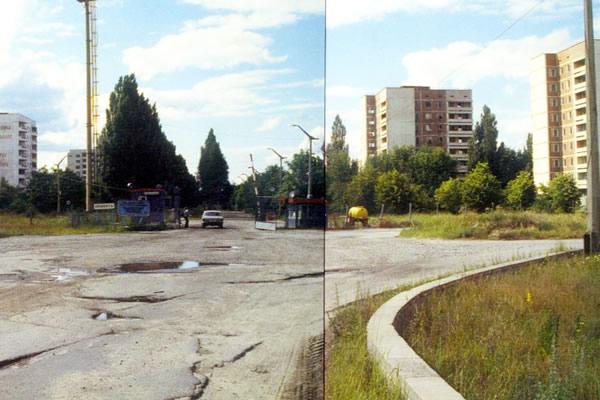
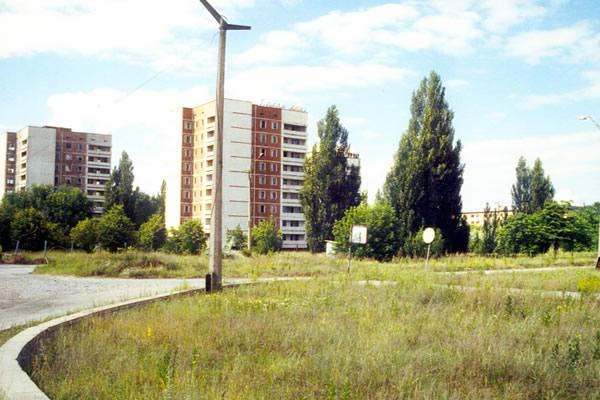
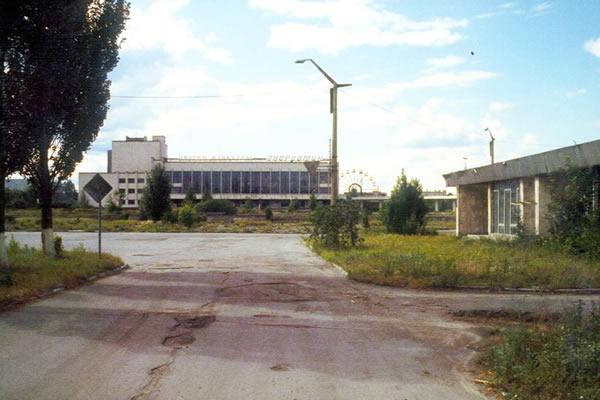
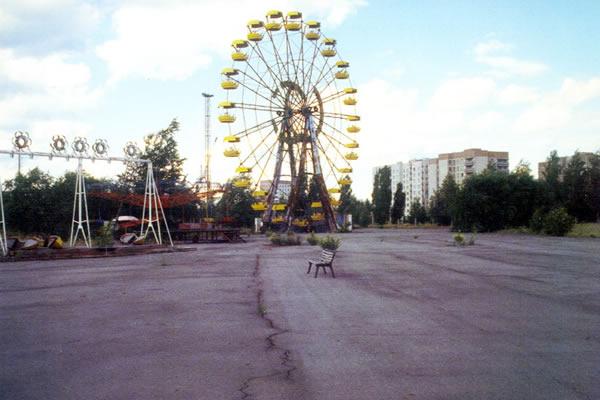
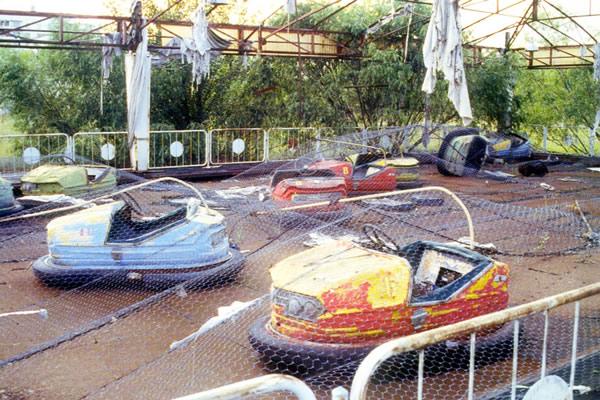
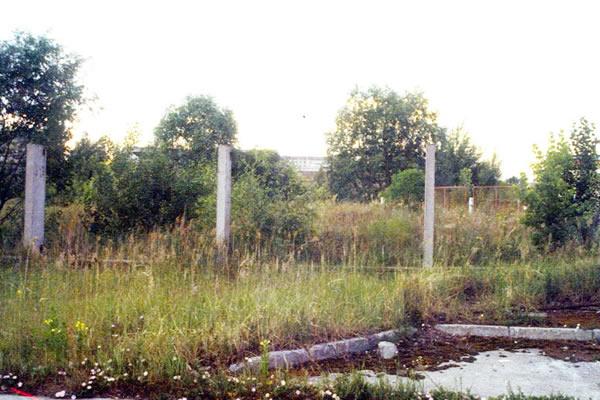
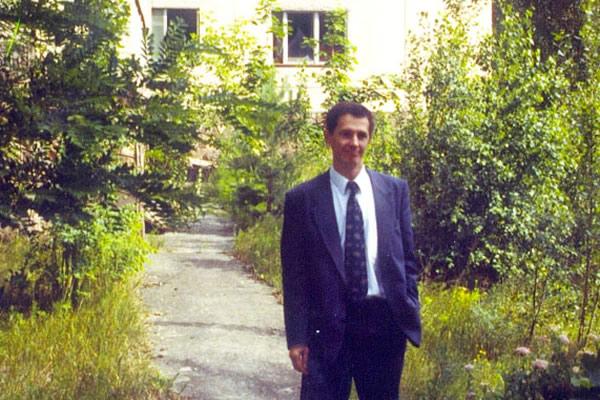
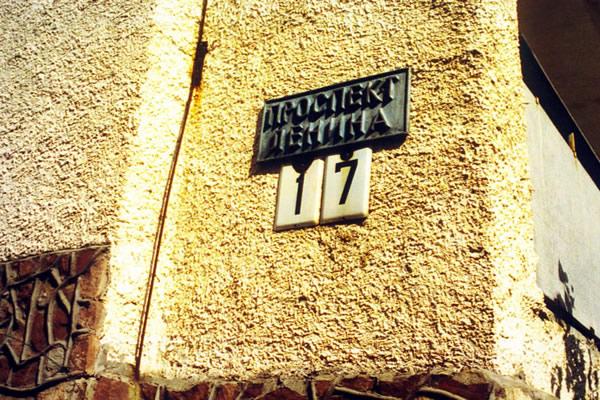
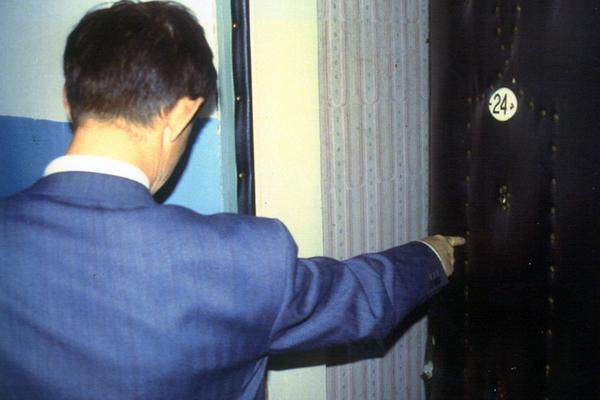
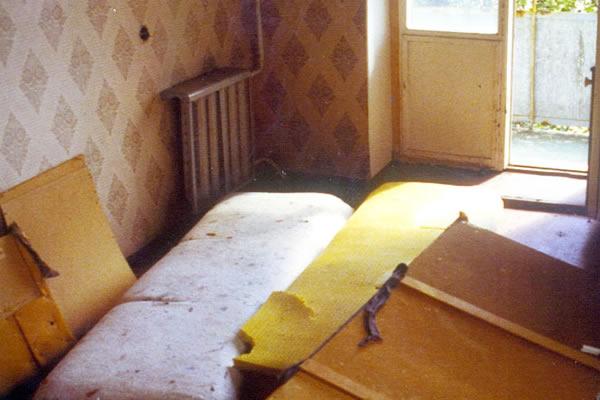
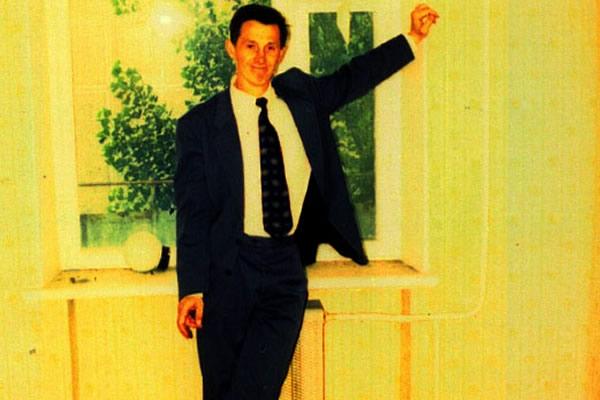
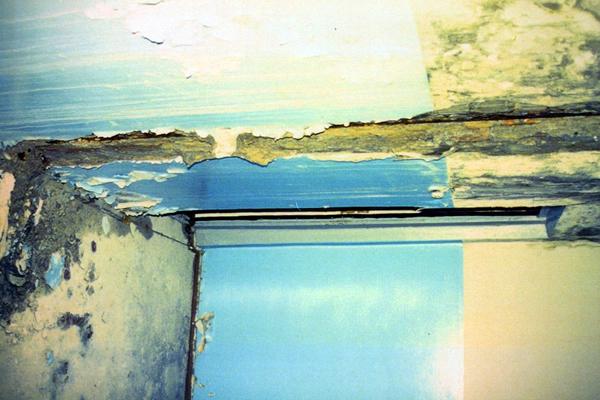
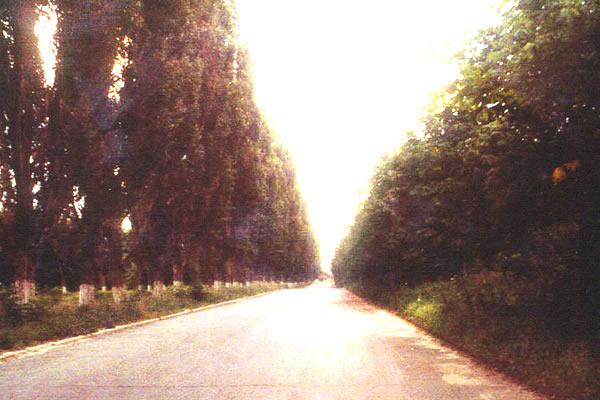
Constantin Rudy died on February 8, 2006. This presentation is dedicated to him and to all the victims of the Chernobyl accident.
Additional Resources
- Backgrounder on Chernobyl Nuclear Power Plant Accident
U.S. Nuclear Regulatory Commission
This page describes the accident and provides links to reports on its aftermath. - Maps and additional photographs of Pripyat, Ukraine and Chernobyl EXIT
Tagzania
This site provides an interactive map with links to pictures.
